I have used STM32CubeMX/IDE to generate a USB HID project for the STM32F3DISCOVERY board.
The USB BTABLE register is zero, indicating that the BTABLE is at the start of the Packet Memory Area.
(I zero the whole PMA at program start, to avoid stale values.)
Just before the execution of the __HAL_RCC_USB_CLK_ENABLE macro (in HAL_PCD_MspInit() in usbd_conf.c) the values of the BTABLE (at index zero onwards, in the PMA are:
After that macro is executed, the values are:
The macro expands to:
do { \
volatile uint32_t tmpreg; \
((((RCC_TypeDef *) ((0x40000000UL + 0x00020000UL) + 0x00001000UL))->APB1ENR) |= ((0x1UL << (23U))));\
/* Delay after an RCC peripheral clock enabling */ \
tmpreg = ((((RCC_TypeDef *) ((0x40000000UL + 0x00020000UL) + 0x00001000UL))->APB1ENR) & ((0x1UL << (23U))));\
(void)tmpreg; \
} while(0U)
How does this macro cause the BTABLE to be initialised?
(I need pma[12] to be 0x100 instead of 0x0 as I want to use endpoint 3 for the HID interface in a composite device. I am using this simple HID device to test the use of a different endpoint. Changing 0x81 to 0x83 in USBD_LL_Init() and #define HID_EPIN_ADDR are not sufficient to change the value of pma[12]. The incorrect TX pointer at pma[12] is used and corrupt data is observed in wireshark.)
Update:
If I add code to manually set pma[12] to 0x100:
HAL_StatusTypeDef HAL_PCDEx_PMAConfig(PCD_HandleTypeDef *hpcd,
uint16_t ep_addr,
uint16_t ep_kind,
uint32_t pmaadress)
...
/* Here we check if the endpoint is single or double Buffer*/
if (ep_kind == PCD_SNG_BUF)
{
/* Single Buffer */
ep->doublebuffer = 0U;
/* Configure the PMA */
ep->pmaadress = (uint16_t)pmaadress;
// correct PMA BTABLE
uint32_t *btable = (uint32_t *) USB_PMAADDR; // Test this.
if (ep->is_in) {
btable[ep->num * 4] = pmaadress;
}
}
The value at pam[12] does get set, but it later gets overwritten:


